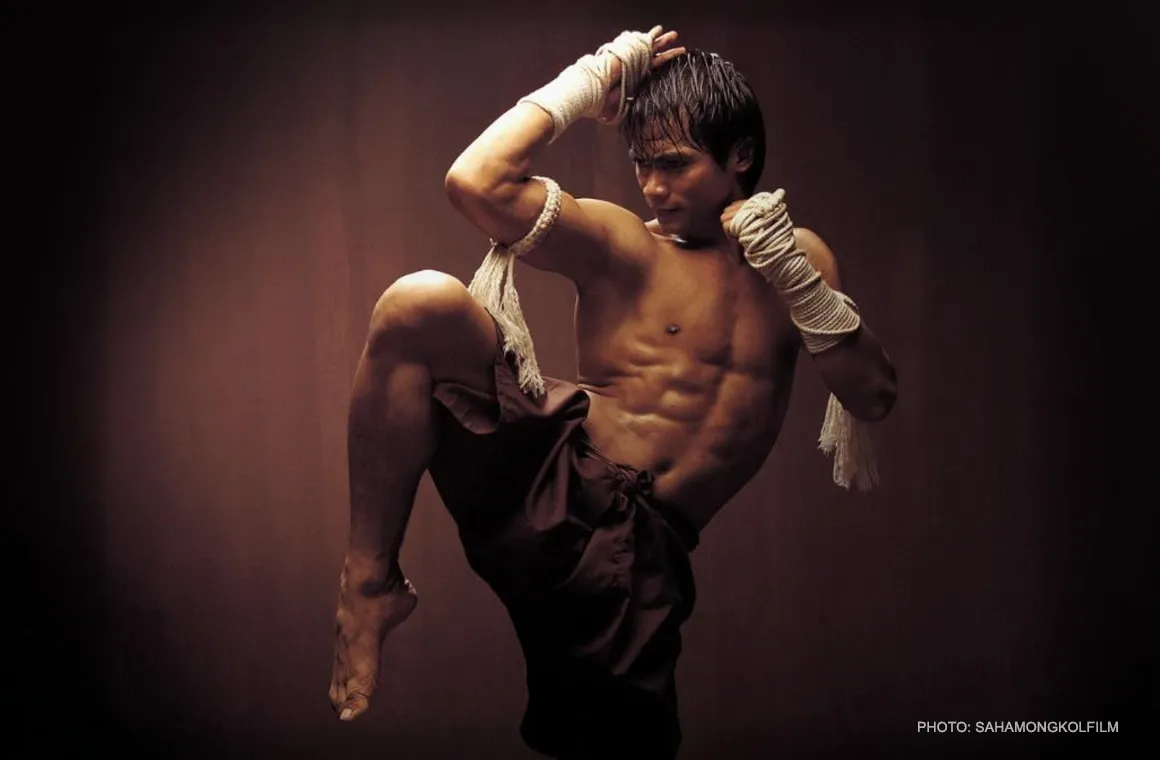0 / 32
0 / 32
What is Muay Thai? An Introduction to Thailand’s National Sport
October 10, 2024

Muay Thai, often referred to as “The Art of Eight Limbs,” is a traditional martial art and Thailand’s national sport. It is a stand-up striking sport, where two competitors face off in the ring, throwing punches, elbows, knees, and kicks at each other. What makes Muay Thai unique is its allowance for clinching, sweeps, and throws, adding versatility and strategy to the sport. These dynamic elements make Muay Thai one of the most powerful and effective striking arts in the world.
Muay Thai has deep roots in Thai culture and history, evolving from Muay Boran, an ancient form of Thai boxing. In the past, Muay Boran was used by Siamese warriors for hand-to-hand combat in warfare. Over time, it was refined into Muay, or boxing, which eventually became the modern sport of Muay Thai. While Muay Thai retains its fighting spirit, it also carries a rich cultural legacy that includes rituals such as the Wai Kru Muay Thai, performed to honor teachers and ancestors before a match.
In this guide, we will explore the origins, rules, and global appeal of Muay Thai, and why it’s celebrated not just as a martial art, but as a lifestyle embraced by people worldwide.
The Origins of Muay Thai
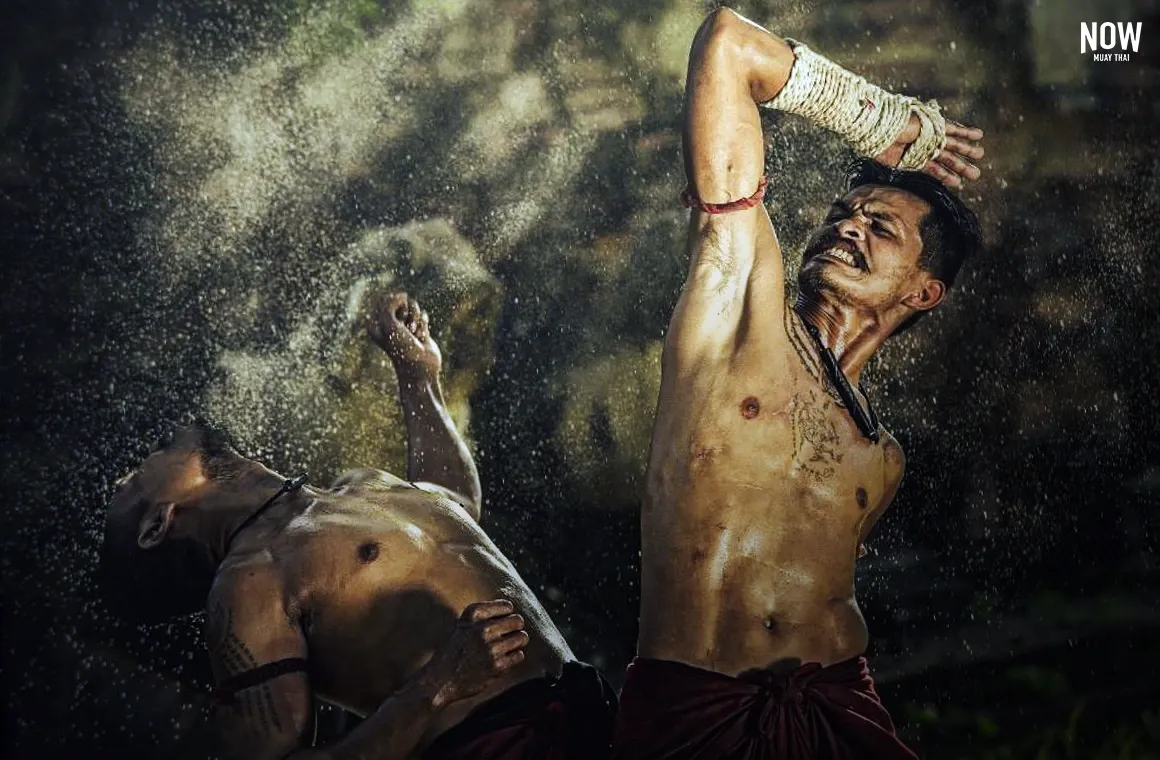
Muay Thai’s origins date back hundreds of years, developing from a form of hand-to-hand combat used by Siamese soldiers in the ancient kingdoms of Thailand. This martial art was initially created as a battlefield skill for warriors to defend their land during wartime. It was a practical form of combat that relied on using the body as a weapon—fists, elbows, knees, and shins became substitutes for traditional weapons like swords and spears.
Over time, as peace settled across the region, Muay Thai evolved into a competitive sport, complete with structured rules and guidelines. It became a major part of Thai festivals and celebrations, with both participants and spectators gathering to enjoy the physical spectacle. In 1921, King Rama VII formalized the sport by introducing rules, weight classes, and the use of boxing gloves, setting the stage for the modern version of Muay Thai we know today.
Rules and Techniques: What Makes Muay Thai Unique?
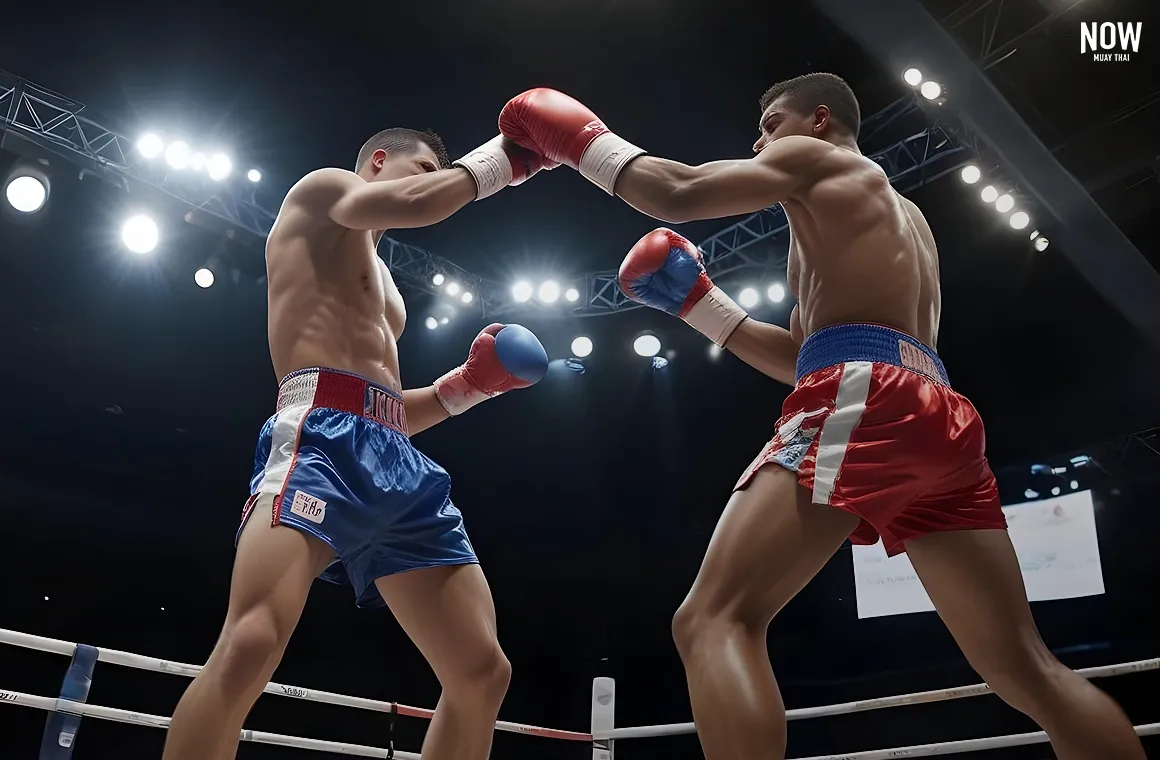
Muay Thai is often called “The Art of Eight Limbs” because it utilizes eight points of contact—two fists, two elbows, two knees, and two shins. This makes it unique compared to other combat sports like boxing or kickboxing, which typically use fewer points of contact.
Here are some core elements that define Muay Thai:
Striking with All Limbs:
Fighters use punches, elbow strikes, knee strikes, and kicks, often delivering powerful blows with multiple parts of the body in quick succession.
The Clinch:
Unlike many other martial arts, Muay Thai allows fighters to engage in the clinch—where opponents are locked together, allowing close-range knee strikes and throws.
Wai Kru Muay Thai:
Before every match, fighters perform a traditional pre-fight ritual called Wai Kru Ram Muay. It is a way to show respect to their trainers, ancestors, and the sport itself, while also warming up for the fight.
Rounds and Scoring:
Traditional Muay Thai, ONE Championship, and RWS In traditional Muay Thai, matches consist of 5 rounds, each lasting 3 minutes, with fighters typically wearing 6oz or 10oz gloves, depending on their weight class. Fighters also wear Muay Thai shorts and a ceremonial Mongkol during the Wai Kru Muay Thai ritual, which honors their trainers and ancestors. Scoring in traditional Muay Thai focuses on effective strikes, particularly kicks and elbows, as well as ring control, balance, and defense. The fighter demonstrating better control, technique, and power throughout the fight usually earns the win.
 credit: ONE Championship facebook
credit: ONE Championship facebook
In ONE Championship, Muay Thai matches consist of 3 rounds of 3 minutes, with fighters wearing 4oz MMA-style gloves. These smaller gloves offer less padding, making strikes more explosive and precise. This faster-paced format encourages aggressive fighting and adds excitement for both fighters and spectators, while still retaining the core elements of Muay Thai—striking with fists, elbows, knees, and shins.
Similarly, the RWS (Rajadamnern World Series) follows a 3-round format for most bouts, but championship fights extend to 5 rounds, similar to traditional Muay Thai and ONE Championship. Fighters in RWS wear 6oz to 10oz gloves, depending on their weight class
These distinctive features make Muay Thai not just a physically demanding sport, but also one that requires strategy, discipline, and finesse.
The Global Popularity of Muay Thai
Muay Thai’s appeal has grown far beyond Thailand’s borders, transforming it into a global phenomenon. But why has this ancient art become so popular worldwide?
1. International Competitions and MMA
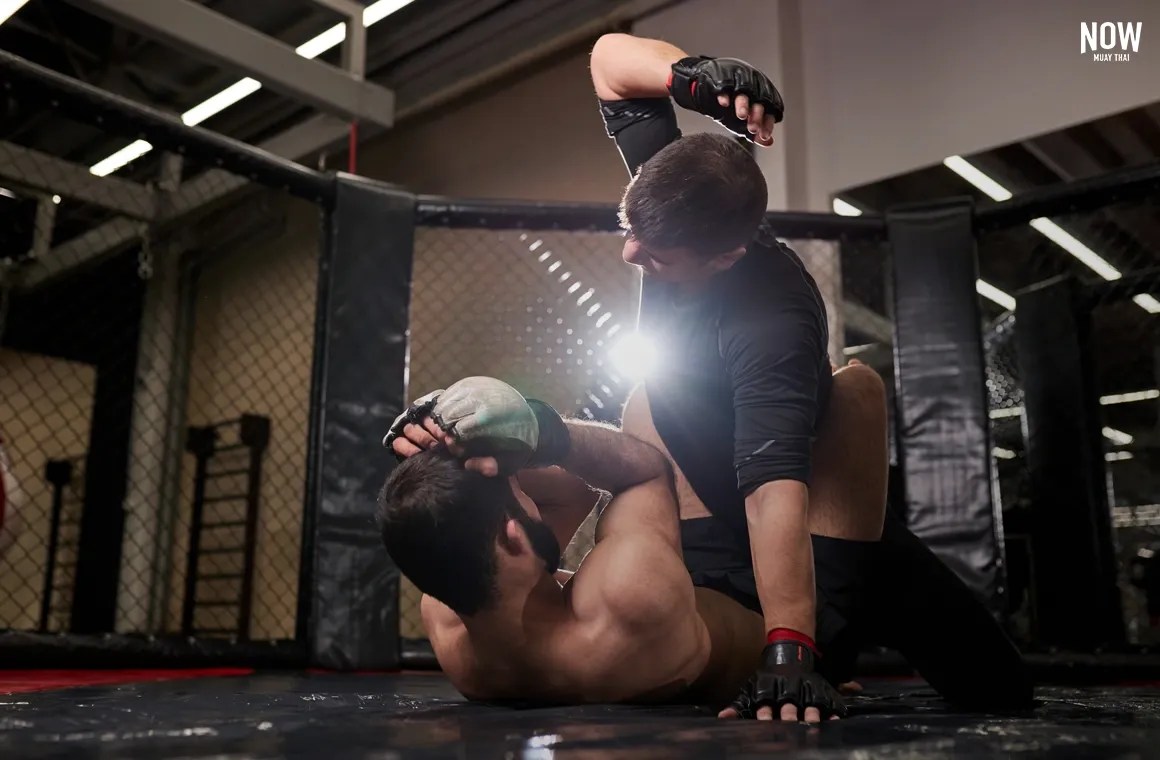
Muay Thai’s global reputation has been bolstered by international tournaments and the rise of Mixed Martial Arts (MMA). Many top MMA fighters incorporate Muay Thai techniques into their training due to the power and efficiency of their strikes. As MMA gained popularity, so did the interest in learning Muay Thai as a foundational discipline.
2. Influence in Pop Culture and Media
Movies like Ong-Bak, starring Tony Jaa, showcased the beauty and intensity of Muay Thai to a global audience. Hollywood, TV shows, and even video games have all featured Muay Thai fighters, creating more exposure. This portrayal of Muay Thai as both brutal and artistic has inspired fans around the world to try it themselves.
3. The Fitness and Wellness Revolution
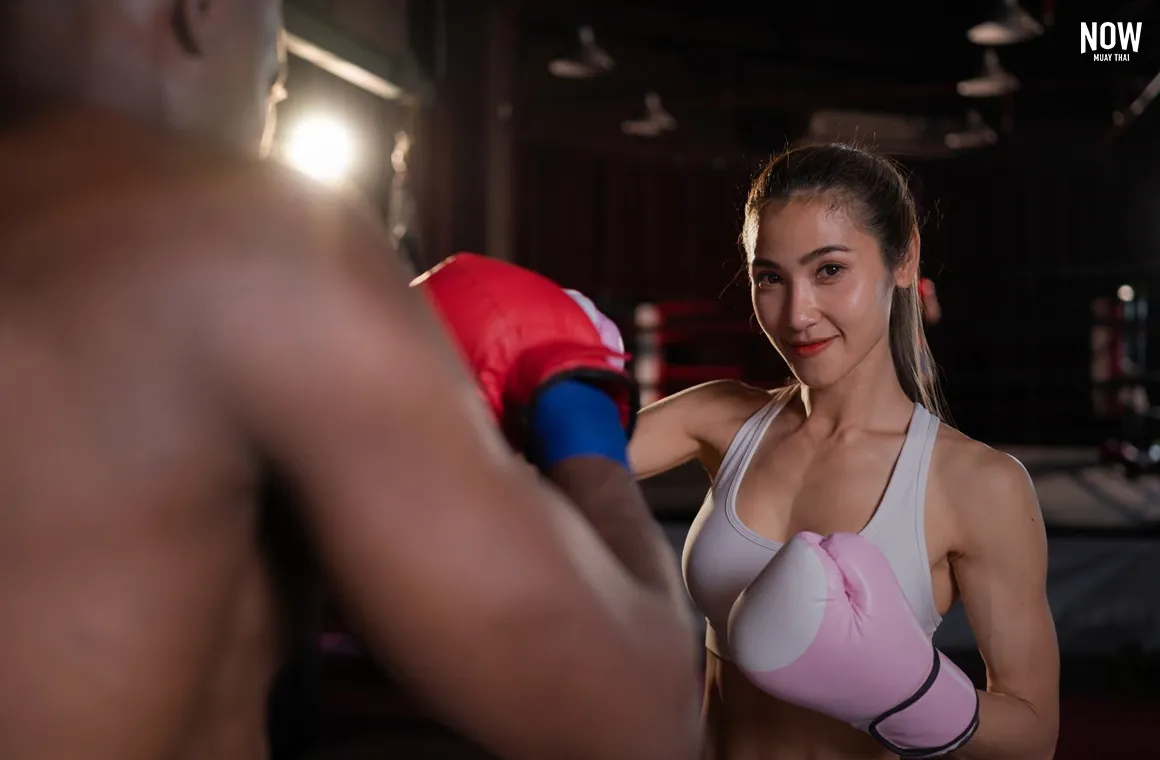
More people are embracing Muay Thai not just for its combat skills but also for its tremendous health benefits. Muay Thai provides an intense full-body workout that combines cardiovascular endurance, strength training, and mental toughness. From fitness enthusiasts to celebrities, people are turning to Muay Thai as a way to get fit, lose weight, and build resilience.
More Than a Sport: Muay Thai as a Lifestyle
Muay Thai has evolved into more than just a sport—it’s a lifestyle that blends fitness, discipline, and cultural depth, making it a sexier, more empowering choice for people around the world.
1. Connection to Thai Culture
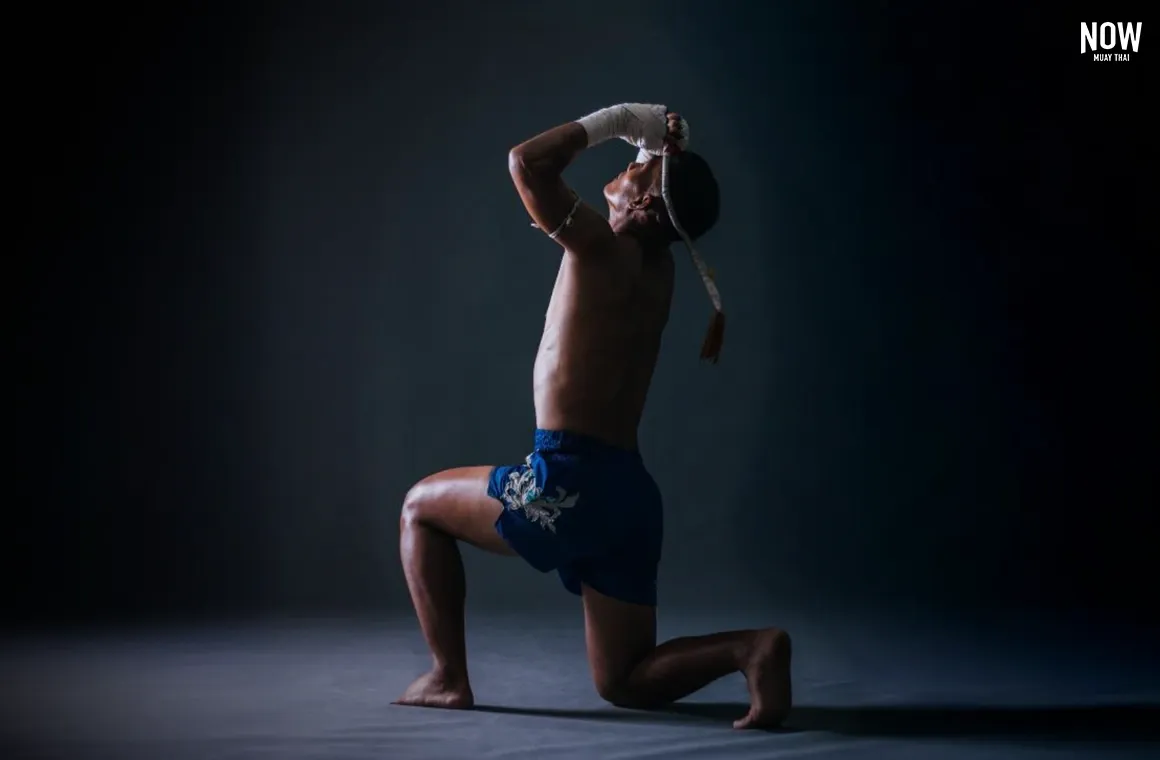
Rooted in centuries of Thai tradition, Muay Thai teaches more than physical techniques. It instills values like respect, perseverance, and humility. Rituals like the Wai Kru Muay Thai connect practitioners to a deeper cultural experience, honoring teachers and ancestors while cultivating mindfulness. This spiritual dimension is what sets Muay Thai apart, giving it a unique appeal.
2. A Global, Smart Fitness Trend
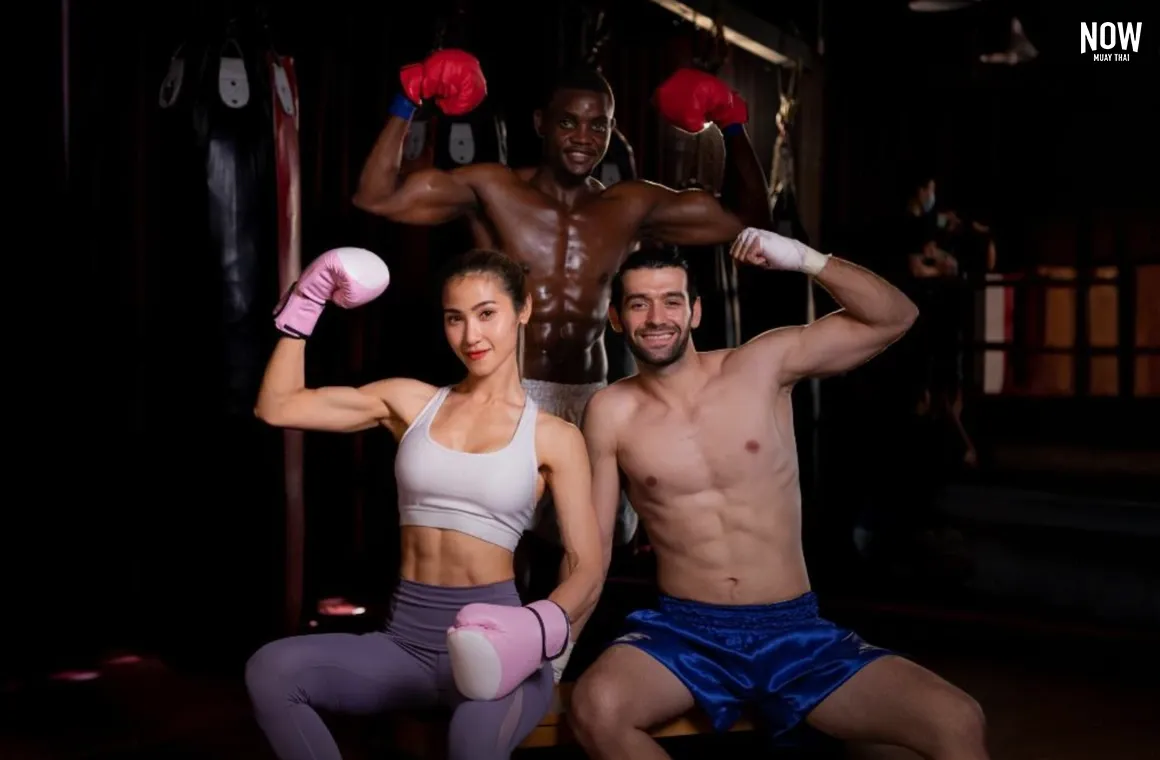
Muay Thai offers a full-body workout that helps tone muscles, burn fat, and build a lean, athletic physique, making it a stylish choice for fitness enthusiasts. Its high-intensity training attracts people seeking not just physical transformation but mental clarity and toughness. The discipline needed in Muay Thai builds confidence, which many find empowering, particularly women looking for both fitness and self-defense.
3. Community and Empowerment
 Credit: Khun Suek Muay Thai facebook
Credit: Khun Suek Muay Thai facebook
The sense of empowerment and personal strength gained from Muay Thai, along with the strong community atmosphere in gyms worldwide, adds to its global appeal. Whether you’re training for competition or personal growth, Muay Thai encourages self-improvement and provides a fulfilling social experience.
The Benefits of Learning Muay Thai
Muay Thai’s benefits go beyond learning to fight. Here’s how it can transform you:
1. Full-Body Workout
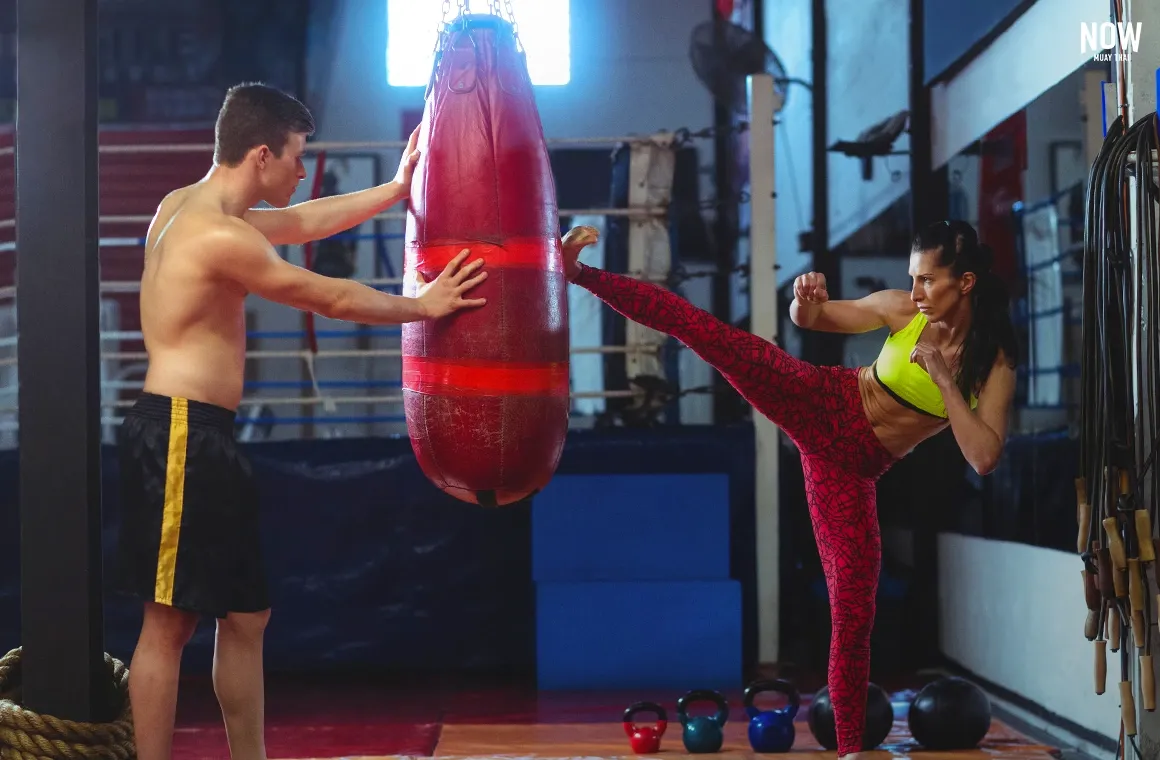
Muay Thai offers a powerful combination of strength training and cardiovascular exercise. It improves endurance, flexibility, and muscle tone, making it one of the most effective workouts for burning calories and building lean muscle.
2. Mental Toughness and Stress Relief
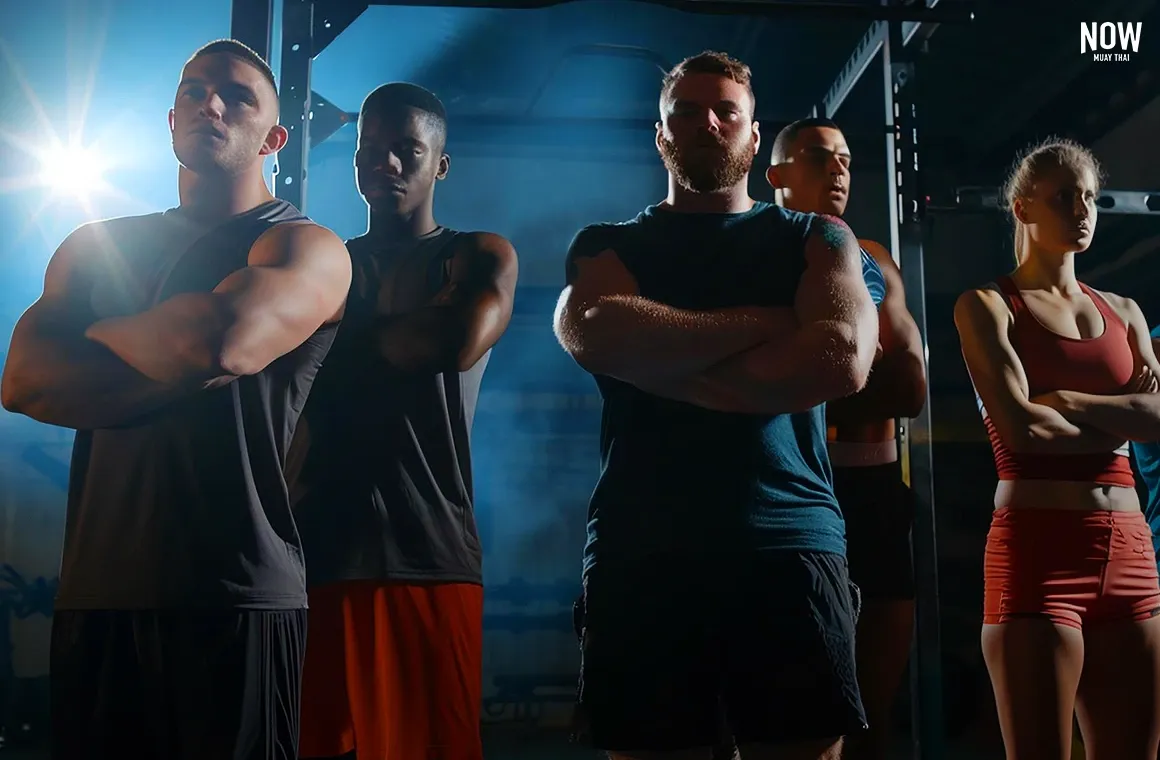
Training Muay Thai teaches focus, perseverance, and emotional control. Many practitioners find it to be an excellent stress reliever, with the physical and mental intensity of the workouts helping to clear the mind and boost confidence.
3. Self-Defense Skills

The practical combat skills taught in Muay Thai make it highly effective for real-world self-defense situations, giving practitioners a sense of empowerment and confidence in protecting themselves.
Why You Should Learn Muay Thai in Thailand
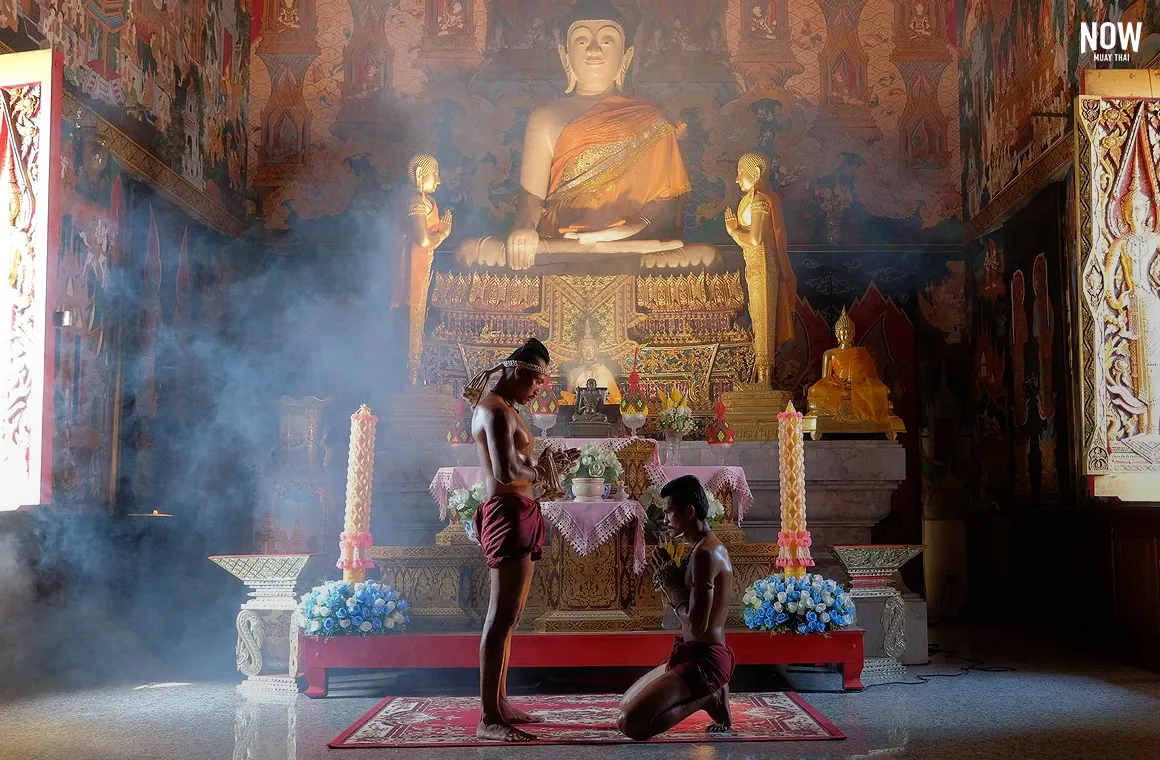
No place offers a more authentic Muay Thai experience than Thailand itself. From the stunning gyms near beaches to traditional training camps, Thailand provides an immersive environment where Muay Thai is more than a sport—it’s a way of life. Training in Thailand allows you to learn from seasoned coaches, experience Thai culture firsthand, and become part of a global community of enthusiasts.
For those interested in exploring authentic Muay Thai training, Nowmuaythai.com is the perfect resource. It offers detailed information on top gyms, training programs, and tips for making the most out of your Muay Thai journey in Thailand. Whether you’re a beginner or an advanced practitioner, Nowmuaythai.com helps you find the ideal camp for your needs.
Learn more about Muay Thai
Back


